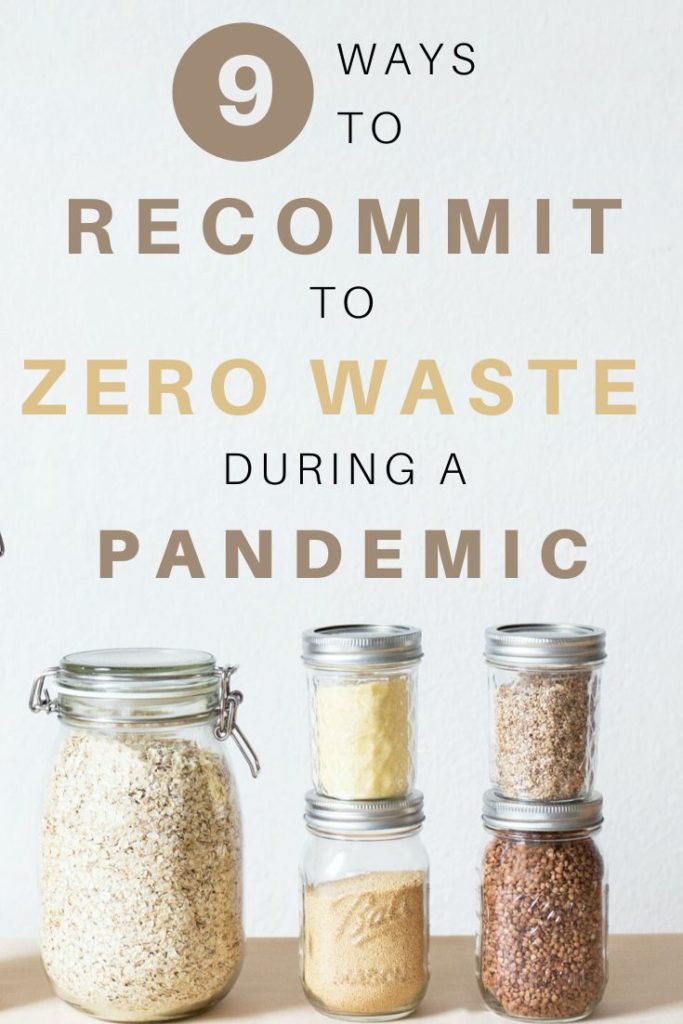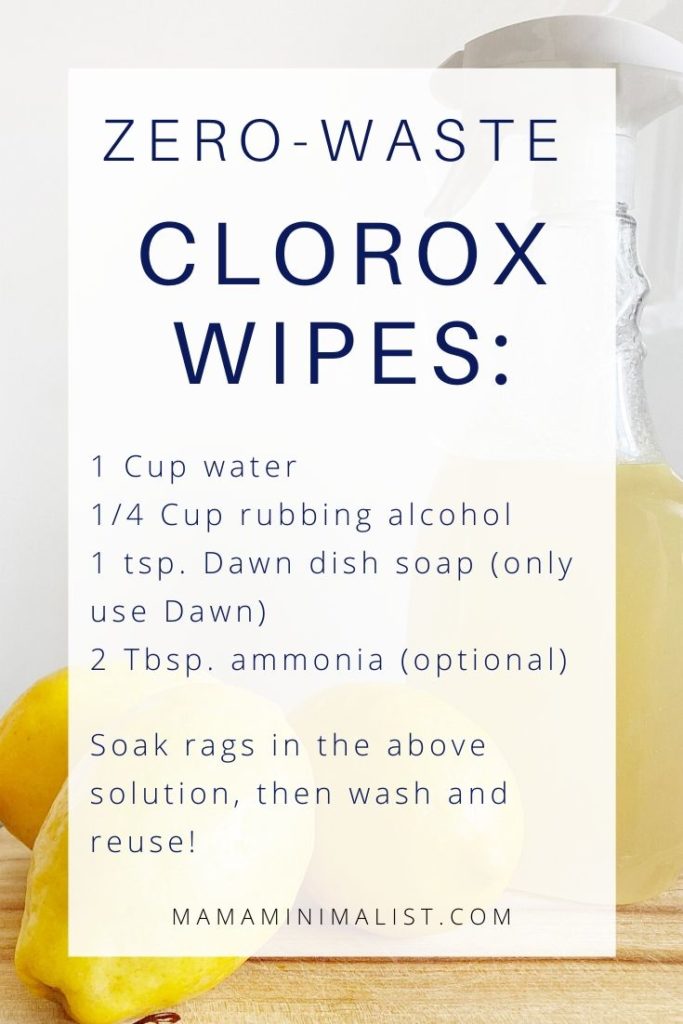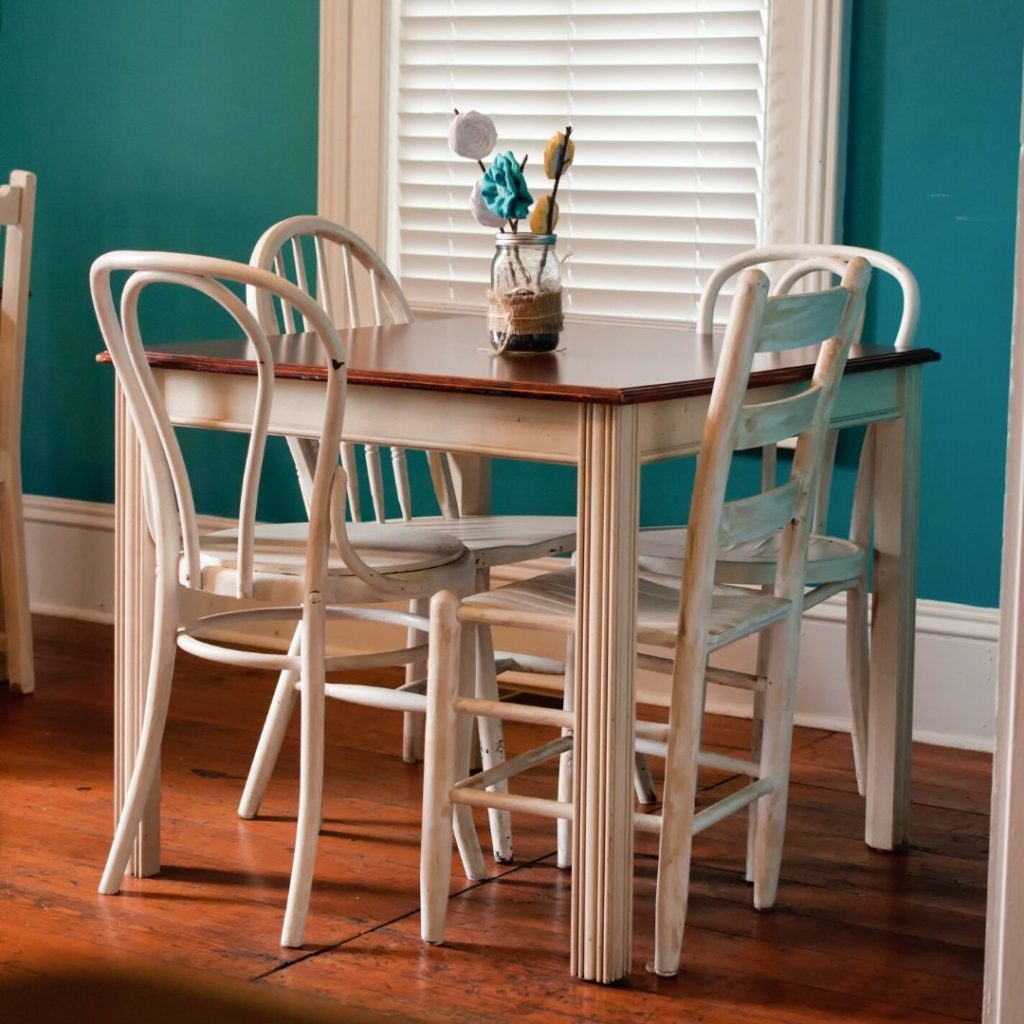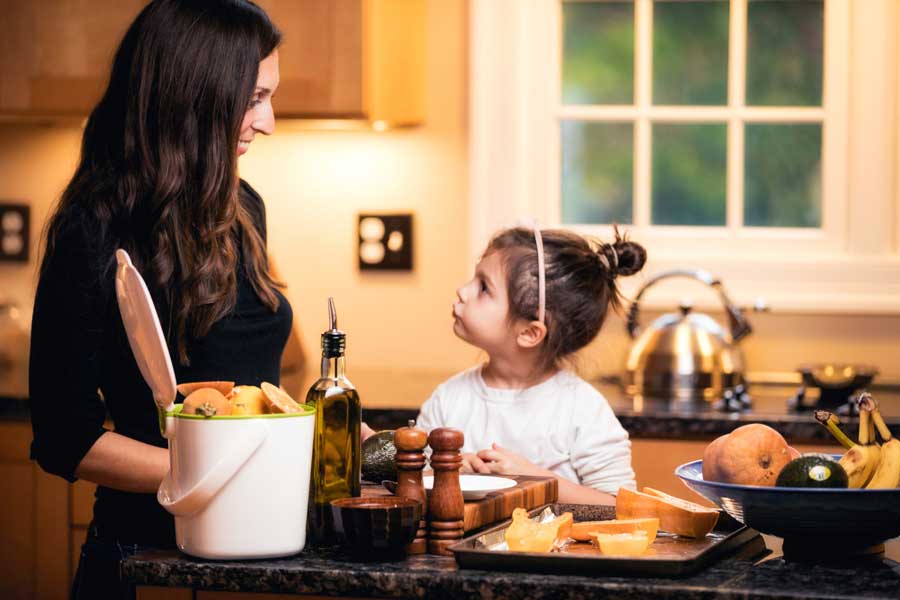Waste Free Living in the time of COVID-19
Waste Free Living Despite COVID-19
In some ways, the Coronavirus pandemic has done wonders for the health of our planet.
But in others? These days, Waste free living seems nearly impossible.
First, many of us experience the tug to purchase more than we need. We panic buy All. The. Things. as a means of being prepared for whatever the virus ushers in next.
Second, we increase the frequency of which we shop online as a means of staying out of stores. We opt for home delivery of groceries, too; but all that packaging waste? It really adds up.
While our waste free living goals have certainly taken a hit since the novel Coronavirus closed non-essential businesses and forced us into social isolation, I believe it is possible for all of us to recommit to zero-waste living despite the pandemic.
Here’s how.
Waste free living tip #1: Use up what you have
Have a stocked freezer? An overflowing pantry? Now is the time to use up everything you have on hand.
Indeed, you have been preserving food and preparing for an emergency for this moment.
Use up your non-food essentials, too:
Finish those beauty products that aren’t your favorite but are usable.
Put all those craft supplies you have lying around to good use, too. Maybe you make masks for your local hospital, or maybe you fall back in love with an old hobby you neglected.
Use up old cleaning supplies, even if you switched to homemade ones years ago.
Read unread books you saved.
Use up half-used notebooks to homeschool; direct younger kids to complete half-used coloring books, too.
#2. Mend your heart out.
I have a gigantic mending pile that leers at me from the corner of the laundry room. I don’t like to mend. I’m not good at it, and I generally don’t have the time to do it.
But I know that now is the time to tackle the mending pile.
Mend those socks with the hole; hem those pants, too.
Those mended socks? They won’t become waste if you’re wearing them. Repairing items you already have is a powerful way to reduce waste creation in the future.
[Related: Easy Clothing Repairs without a Sewing Machine.]
#3. Get cooking.
Find yourself with extra free time? Experiment in the kitchen!
Make your tried-and-true recipes, sure, but attempt items you’ve been meaning to make but haven’t, like yogurt, sourdough bread, and condiments like ketchup, barbecue sauce, and nut butters, too.
Cooking as much as you can at home is a tenet of waste free living because it drastically reduces packaging waste associated with supermarket purchases.
If you are home with young kids and the thought of cooking something new with kids is completely fear-inducing, I suggest you try it anyway.
Teach fractions as you go.
Let little kids do the mixing.
Measure everything ahead of time so the process goes as smoothly as possible.
Waste free living tip #4: Put a halt on takeout.
It can be tempting to order lots and lots of takeout, especially while confined to quarantine.
But takeout creates a lot of waste in the forms of plastic containers, plastic-lined boxes, plastic silverware, condiment packets, and more.
Want to support local restaurants during this time but can’t stomach the waste? Inquire whether your favorite restaurant will fill your reusable containers from home.
#5. Make your own Clorox wipes.
Citing sanitation, many of us are buying (and disposing!) single-use Clorox wipes.
But it’s entirely possible to make your own reusable version at home using rags you already have on hand.
Did you know?
You can find The Sustainable Minimalists podcast wherever you listen to podcasts.
Apple Podcasts | Google Podcasts | Spotify | Stitcher
#6. Buy the largest size.
To buy or not to buy two little bags of flour?
Provided you will use all the flour, buy the larger bag.
Buying the largest size reduces a product’s overall amount of packaging, because the larger sizes boasts a reduced surface area.
#7. Cut back on packaging from online shopping.
If you find yourself relying on online shopping to provide necessary supplies while in quarantine, know that there are tried-and-true strategies to cut back on the amount of packaging waste dropped at your doorstep.
Learn how, exactly, to tell companies to use less packaging here.
#8. Try a zero-waste swap you’ve been avoiding.
Quarantine presents a great opportunity to attempt a zero-waste swap you have been avoiding.
Have you been meaning to try family cloth but haven’t yet made the leap? Perhaps quarantine – and all those toilet-paper free store shelves – makes this the right time to try this waste free swap on for size.
Have you been intrigued (and intimidated!) by a menstrual cup and period underwear? Experiment with this waste free living swap now to determine whether a reusable option will suffice long-term.
#9. Use social-isolation as a learning experience.
There is nothing normal about quarantine, so don’t judge yourself based on what you “normally” do.
Go easy on yourself, instead, vow to double down on your waste free efforts once life does get back to normal (which it will!).




